Technology experts with many years of experience working with newsrooms have affirmed that the journey of digital transformation of journalism is not only about upgrading the content management system but also a comprehensive restructuring process from people, processes to technology.
In a context of increasing pressure on update speed, multimedia and personalization, newsrooms are forced to "transform" to keep up with trends and maintain vitality.
Digital transformation journey at newsrooms
Over the past two decades, content management systems (CMS) have become the "backbone" of online journalism in Vietnam. Initially, newsrooms mainly used "packaged" CMS solutions, meeting basic needs such as managing articles, images and publishing tools. However, as the requirements for update speed and multimedia increased, these platforms clearly revealed their limitations in terms of customization and expansion.
According to technology experts, the digital transformation process at newsrooms often starts with replacing traditional CMS systems, which only meet the needs of managing articles, images and basic publishing. Pre-integrated platforms on the market, although quickly deployed, lack flexibility, often restricting workflows, causing large newsrooms to face limitations in customization and expansion.
According to Mr. Bui Cong Duyen - Product Director of ONECMS Convergence Newsroom, digital transformation in Vietnamese journalism is in the "midstream" stage, meaning it is no longer the beginning, but has not yet reached the destination. In recent years, press agencies have always prioritized resources for digital transformation. However, if compared with major press agencies in the world , we are still far behind them.
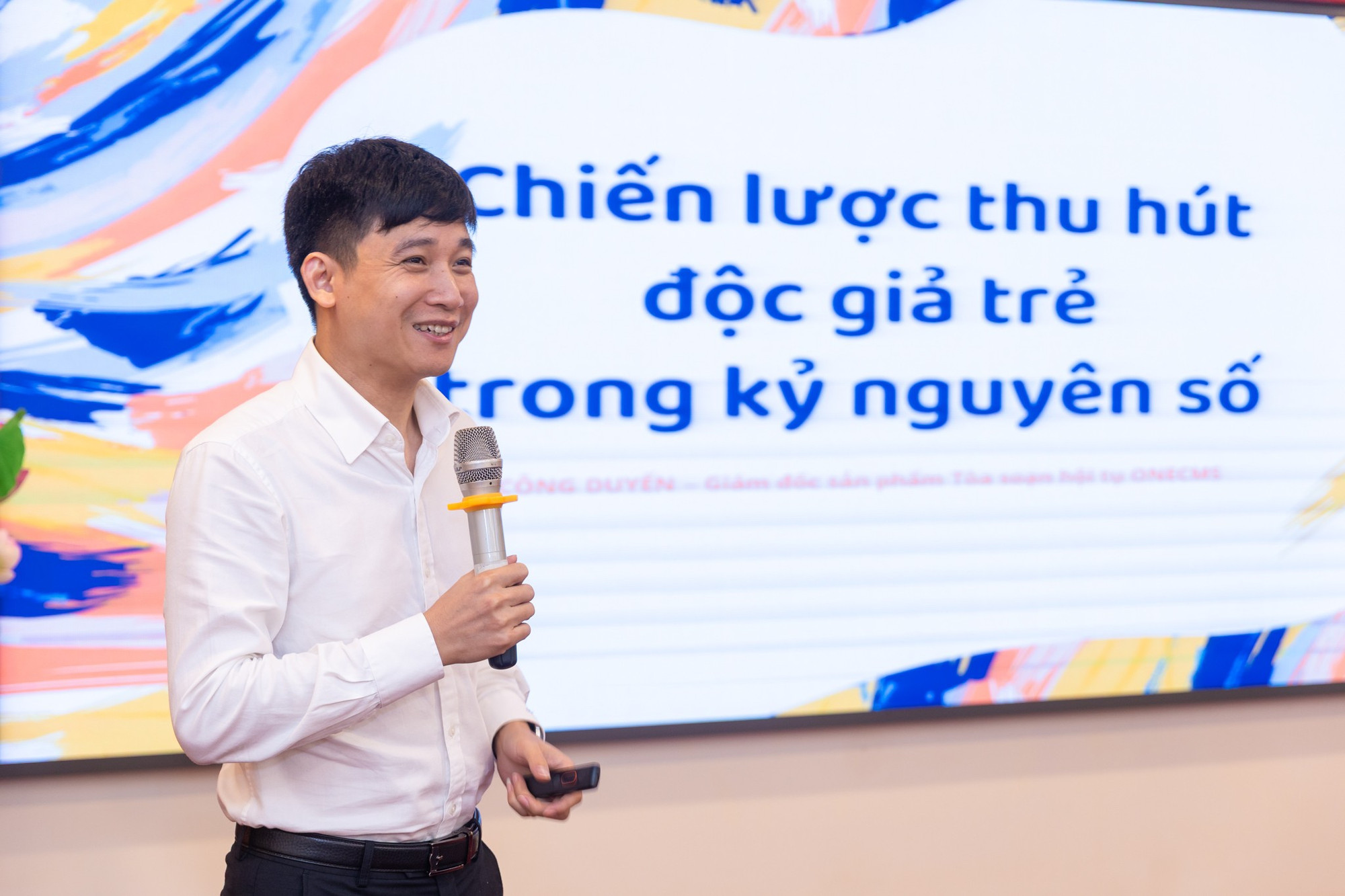
"The biggest characteristic of journalism is the timeliness and pressure of continuous updates, the ability to serve a large number of simultaneous readers, which requires an extremely stable and flexible technology system. I believe that the digital convergence newsroom model will become the common standard. As content platforms become increasingly diverse (Facebook, TikTok, Podcast, OTT...), newsrooms need powerful tools to organize unified content, ensuring speed, strict press censorship processes, quality of works and business efficiency. Convergence is the key to modern journalism."
Understanding that reality, many units develop "tailor-made" CMS systems based on the specific requirements of each newsroom.
Mr. Do Chien Thang - Chairman and General Director of Hemera Technology and Media Joint Stock Company shared that on June 2, 2025, Hemera Media launched a completely new content management system (CMS). Designed specifically for newspapers, magazines, portals and news websites, this new CMS version is Hemera Media's effort to keep up with the rapid development of technology.
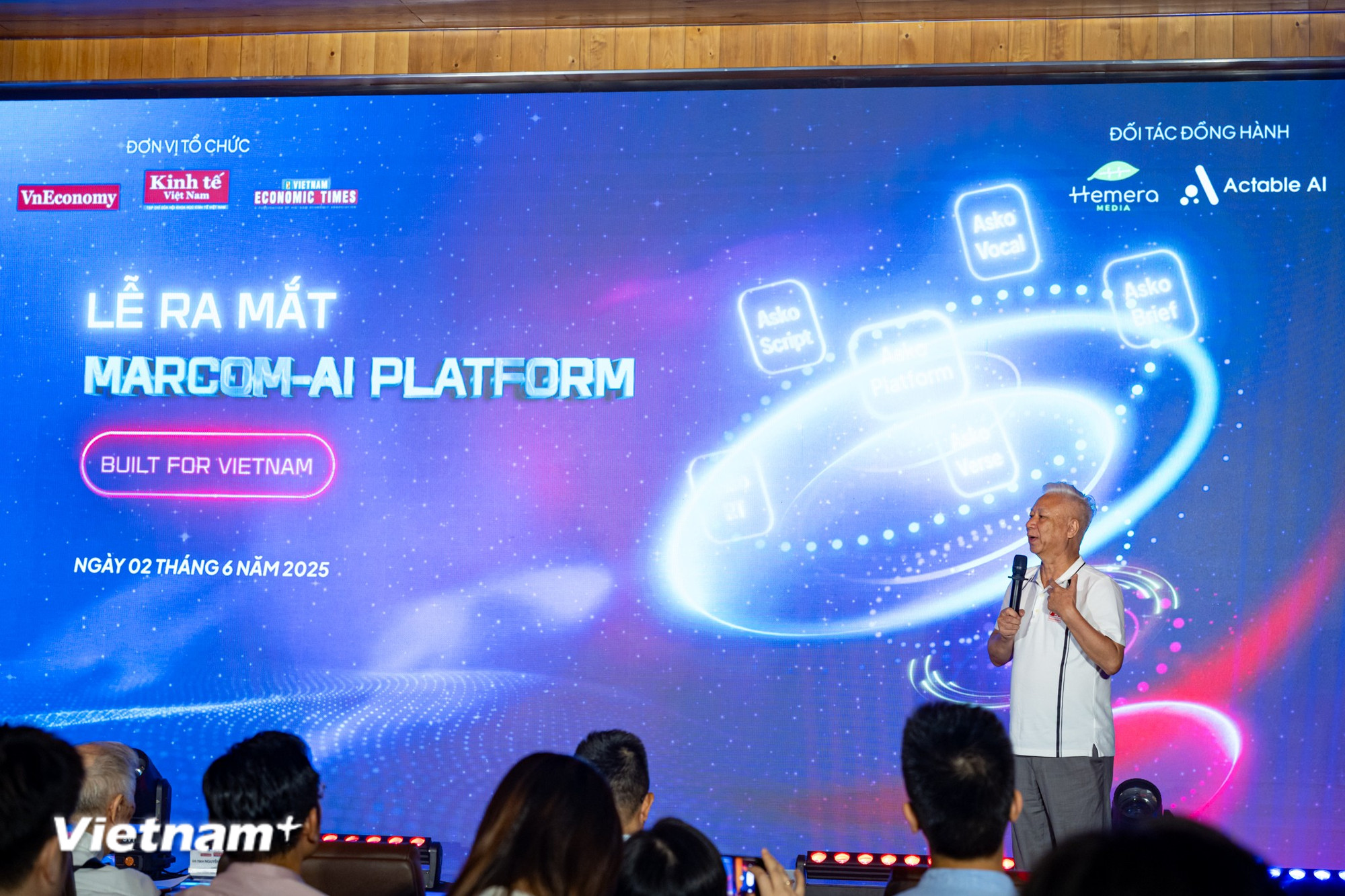
The special feature of the Hemera AICMS platform is the extensive application of artificial intelligence (AI) to the entire content management and distribution process. From the editorial board to the professional boards, editors and reporters, everyone will experience a completely new working system. Smart AI features will support users to optimize their work, helping to save time, costs and achieve higher efficiency than ever.
Hemera is also a partner of Vietnam Economic Magazine/VnEconomy in building the Asko Platform management platform. This platform includes Askonomy and many other AI tools designed to optimize tasks in the media field. This system can help reporters and editors bring these advanced AI tools closer to a large number of readers and business users in the future.
Applying a separate CMS platform for each newsroom not only solves technical problems, but also commits to long-term companionship. Technology experts emphasize that success lies in understanding the specific characteristics of the organization, from the division of professional boards, editorial style to target reader groups.

The implementation process usually begins with a survey of the existing infrastructure, which is very diverse and inconsistent between newsrooms, and then building the corresponding modules. Although it requires a lot of resources in terms of time and human resources, the "tailored" approach brings positive results: the system operates stably, minimizes errors and is flexible to changing needs.
In parallel with Hemera AICMS, many other units also offer comprehensive solutions such as ONECMS. This platform allows synchronizing production processes for print newspapers, electronic newspapers and social media channels on a common interface.

"We provide deployment packages suitable for the scale and budget of each unit. In addition, ONECMS's system supports operations on a cloud computing platform, helping to reduce infrastructure investment costs. In addition, the editing and publishing tools are designed to be user-friendly, making it easy for the team to use without requiring high IT skills," Mr. Bui Cong Duyen shared.
A typical example demonstrating the effectiveness of a digital convergence newsroom is Dak Nong Newspaper after implementing ONECMS. Within a year, this unit, from a local newspaper with limited human resources and infrastructure, rose to the leading group among 63 local Party newspapers in terms of traffic and news update speed.
The second example is the implementation of ONECMS at Nhan Dan Newspaper - a large press agency with many different print publications. Thanks to the converged editorial model dedicated to print newspapers, all publications such as Nhan Dan Daily, Nhan Dan Weekend, Nhan Dan Monthly, Thoi Nay, special publications, etc. are organized and produced on the same ONECMS software. This helps save time, printing costs, human resources and increases accuracy, while improving the ability to coordinate between professional departments and member editorial offices.
This change is not only due to technology, but also due to reporters and editors having access to flexible production processes, intuitive interfaces and instant feedback through centralized administrative support features.
However, digital transformation is not only a matter of technology but also a matter of people. Psychological barriers from long-time journalists, who are attached to traditional processes, often cause delays and resistance.
The “key to success” is not in the scale of technology, but in digital leaders - those who motivate and encourage their teams to get familiar with and make the most of new tools.
According to Mr. Duyen, the "key to success" does not lie in the scale of technology, but in the digital leader - the person who motivates and encourages the team to get acquainted with and exploit the new tools to the fullest. The transition process usually lasts from 2-6 months, including technical training, testing and continuous adjustment to suit the operational reality.
Therefore, transformation projects are accompanied by a comprehensive training program, hands-on workshops, and 24/7 technical support. Continuously gathering internal user feedback and adjusting features based on real-world feedback helps increase adoption rates, thereby shortening the time to break even on investment.
Finally, to ensure sustainable digital transformation, according to experts, newsrooms need to build a long-term strategy with a clear roadmap, periodically evaluating KPIs on publishing speed, interaction level and business efficiency. Viewing digital transformation as an investment for the future, not a temporary cost, will help leaders be more decisive in allocating resources and removing barriers.
What is the future trend of journalism?
As the Fourth Industrial Revolution continues to advance, artificial intelligence (AI) is becoming a driving force that is fundamentally changing the way newsrooms operate and produce content. From automating tedious tasks to supporting strategic decision-making, AI not only improves productivity but also opens up many creative opportunities for journalists.
Mr. Bui Cong Duyen shared: "The company specializes in providing products for press agencies and has noticed that in the past 10 years, technology has been changing rapidly, every day, every hour. Especially recently, the emergence of AI, natural language processing, and generative AI has greatly changed the way press agencies operate."
Artificial intelligence, once "unlocked" in the management system, will become a powerful assistant for reporters and editors. AI now not only supports process optimization such as automatically converting text to audio via Text-to-Speech, or separating recordings into written text via Voice-to-Text, but can also suggest titles, write summaries and recommend suitable illustrations.
According to experts, thanks to AI, manual workload is significantly reduced, allowing the press team to focus on analysis, investigation and creation of high-quality content. Notably, real-time reader data analysis modules help editorial leaders grasp habits, interests and access trends, thereby personalizing publishing time frames and article topics.
This application has proven to be effective at VnEconomy, with reader retention rates and advertising revenue both increasing after extensive AI implementation.
Artificial intelligence, once "unlocked" in the management system, will become a powerful assistant for reporters and editors.
In addition to AI, future journalism technology also aims to produce multi-channel multimedia content: podcasts, short videos, interactive infographics, even OTT channels or conversational chatbots. These innovations help the newsroom not only become a place to "produce newspapers" but also become a "smart content center" connecting reporters and readers.
Mr. Duyen said: "We determined that AI does not replace journalists, but is an intelligent assistant that helps journalists work faster, deeper and more creatively. At the same time, AI is also a bridge for newsrooms to easily switch between types of journalism, blurring the boundaries between print - electronic - social networks - video, towards a truly converged, modern and sustainable newsroom model. Journalists will use AI as a tool to support faster reporting and better work handling. Therefore, journalists should boldly apply AI to life but must maintain the core values of journalism."

For newsrooms considering embarking on a digital transformation journey, Mr. Bui Cong Duyen emphasized: "Start small, but have a long-term strategy. Don't wait for perfection before implementing. The most important thing is to have a clear "information architecture" and a team ready to adapt. Consider technology not as a cost, but as an investment in the future."
In conclusion, the journey of digital transformation and integration of new journalism technology is a continuous chain from technology upgrade, human training, to AI application and multimedia expansion. When technology and people go together, the newsroom not only solves current challenges but also proactively creates the future of Vietnamese journalism: faster, more accurate and more creative than ever./.
Readers are invited to read the series of articles:
Source: https://www.vietnamplus.vn/cong-thuc-nao-de-chuyen-doi-so-thanh-cong-cho-bao-chi-viet-nam-post1045279.vnp








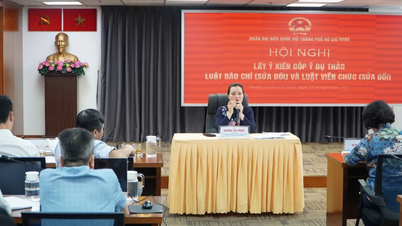












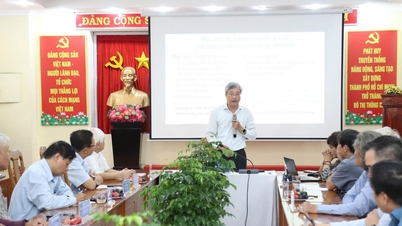








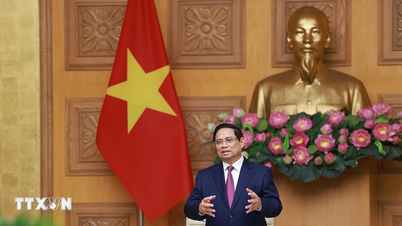








![[Video] Hue Monuments reopen to welcome visitors](https://vphoto.vietnam.vn/thumb/402x226/vietnam/resource/IMAGE/2025/11/05/1762301089171_dung01-05-43-09still013-jpg.webp)









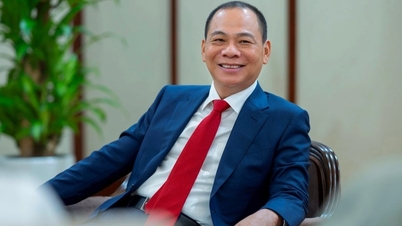










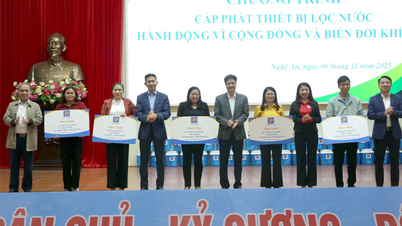


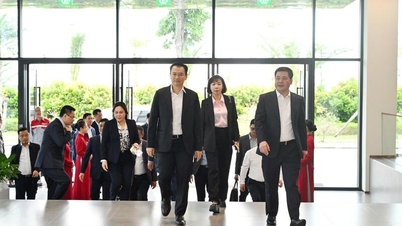
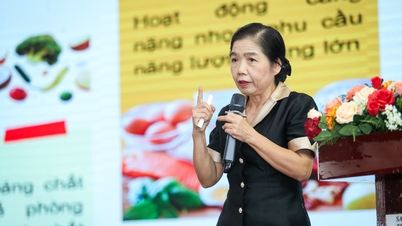










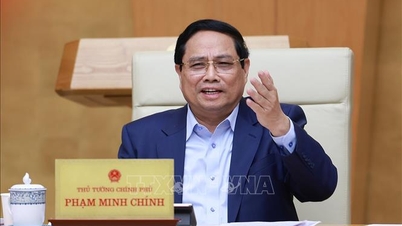




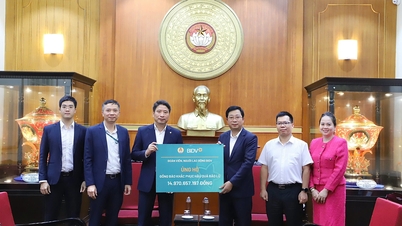

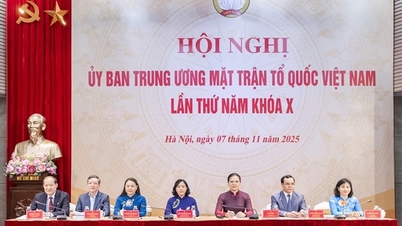
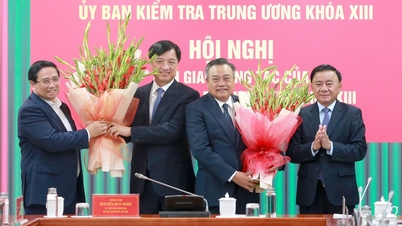







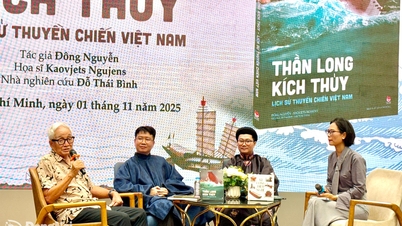


















Comment (0)